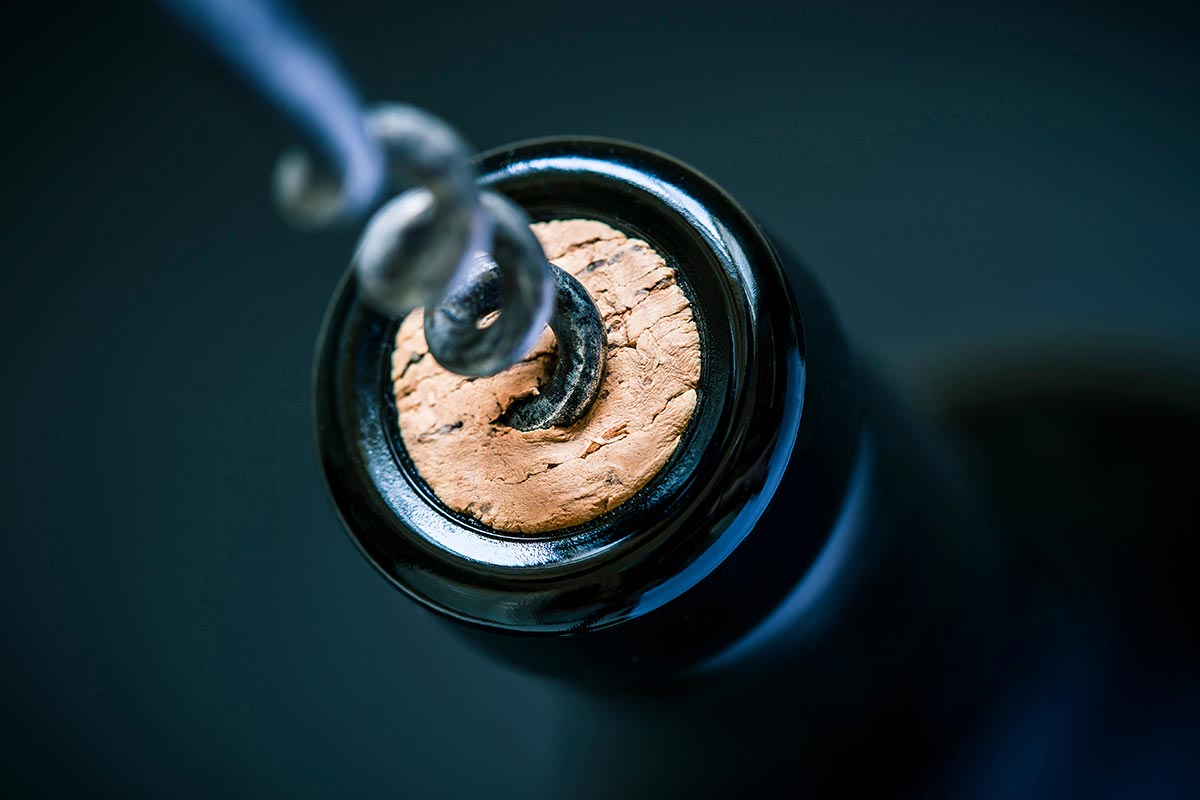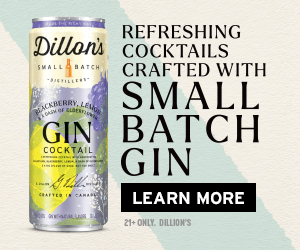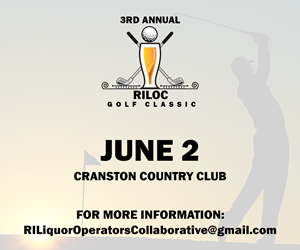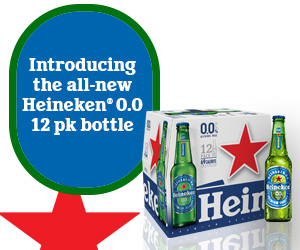

Ryan Robinson, Director of Education, Brescome Barton and Worldwide Wines.
One New Master Sommelier
By Ryan Robinson, Advanced Sommelier-CMS, WSET Diploma and WSET Educator
The arduous Master Sommelier examination recently concluded, welcoming a single new Master Sommelier to join the ranks of 171 professionals who have earned the title in the Americas. The Master Sommelier diploma is the pinnacle of professional beverage service. According to Gallop, it is the second most difficult exam in the world, trailing behind a Chinese math exam. Years of sacrifice and dedication are endured by eager sommeliers who have hopeful visions of being one of the few to earn such a title.
Sommeliers are beverage professionals who are involved in beverage service. They are often mistaken as focusing solely on wine. A sommelier must have knowledge of all fermented beverages and their interactions with food, as opposed to Masters of Wine, who exclusively study wine in absence of a service component. This includes cocktails, spirits, beer, sake and wine. Not only does a successful candidate have to have an expert level of knowledge of these categories, but they also must know the production steps, applicable regional laws and iconic producers of each category.
A sommelier must be certified by an accredited organization. Just because someone is passionate about wine or sells or collects wine does not automatically grant them sommelier status. It is not a title to be self-anointed, although begrudgingly many erroneously do so.
The Court of Master Sommeliers is the largest sommelier accreditation and certification organization in the world. The first Master Sommelier exam was held in London in 1969 and, a surprise to many, was proctored by the Institute of Masters of Wine! As an organization, the Court of Master Sommeliers is relatively new. It was founded in 1977 in London. Ten years later, the first Master Sommelier exam in the United States was held, creating the Court of Master Sommeliers – Americas.
Within the Court of Master Sommeliers, there are four levels of achievement. Level 1 is known as the Introductory Course. Upon completion, a student should have a working knowledge of the beverage world. At this stage, a student is not yet a sommelier, but they’re starting their journey toward certification.
A student of wine becomes a Certified Sommelier after completing the second level. At this stage, successful candidates can now officially call themselves a sommelier. There are thousands in the Americas who have passed this level after completion of a three-part exam; theory, tasting and service. It is at this stage where most students of wine remain. The few that want to continue submit an Application of Intent and, if chosen, will have the chance to test at/on the third level: the Advanced Sommelier.
There under 1,200 Advanced Sommeliers in the world. Connecticut is home to three Advanced Sommeliers. This process is much more demanding of time and is painfully rigorous. The exam is divided into three parts; those that get invited to test must first pass a written Theory exam. The few that pass are then invited to take Service and Tasting later in the year. Service is a scenario-type exam where candidates must provide tableside beverage service while being asked a barrage of beverage questions. The tasting portion of the exam is often the most difficult, as the candidate is presented with six glasses of wine, three red and three white. These wines can be still, sweet or fortified. Each student has 25 minutes to verbally assess the sight, smell and taste of the wines. Success comes to candidates who can conclude the grape variety, vintage, region and quality level of the wine flight.
At the crest of achievement is the Master Sommelier Diploma or Level 4. Only Advanced Sommeliers get invited to sit for the exam. This year, 104 people were invited to sit for Theory. Of those, only four candidates were successful in passing the verbal Theory exam. Following Theory, a student must then pass both Service and Tasting, which are held later in the year. A student has three attempts to pass the remaining two portions. If they do not achieve success after the third attempt, then they must start the process over. This year, 25 candidates who had previously passed Theory, sat for Service and Tasting. Only one emerged with a pass, Myles Trapp of Napa, California.
Students dedicate hours every day for years on end to prepare for this gauntlet. They relocate to find study and tasting groups. It takes dedication, discipline, a great group and an even better mentor to attempt success. So much is sacrificed at the individual level, which is why I urge you to think twice before proclaiming you’re a sommelier.
Ryan Robinson is the Director of Education for Brescome Barton and Worldwide Wines in Connecticut. He is also the Wine Director for Cornerstone Restaurant Group in North America and South Korea, and an Adjunct Professor at the University of New Haven. He holds the credentials of Advanced Sommelier-CMS; WSET Diploma and WSET Educator in Wine, Sake and Beer; Rioja Wine Educator; Wine Scholar Guild Educator and Spanish Wine Specialist; and Certified Scotch Whisky Professional from the Council of Whiskey Masters.











